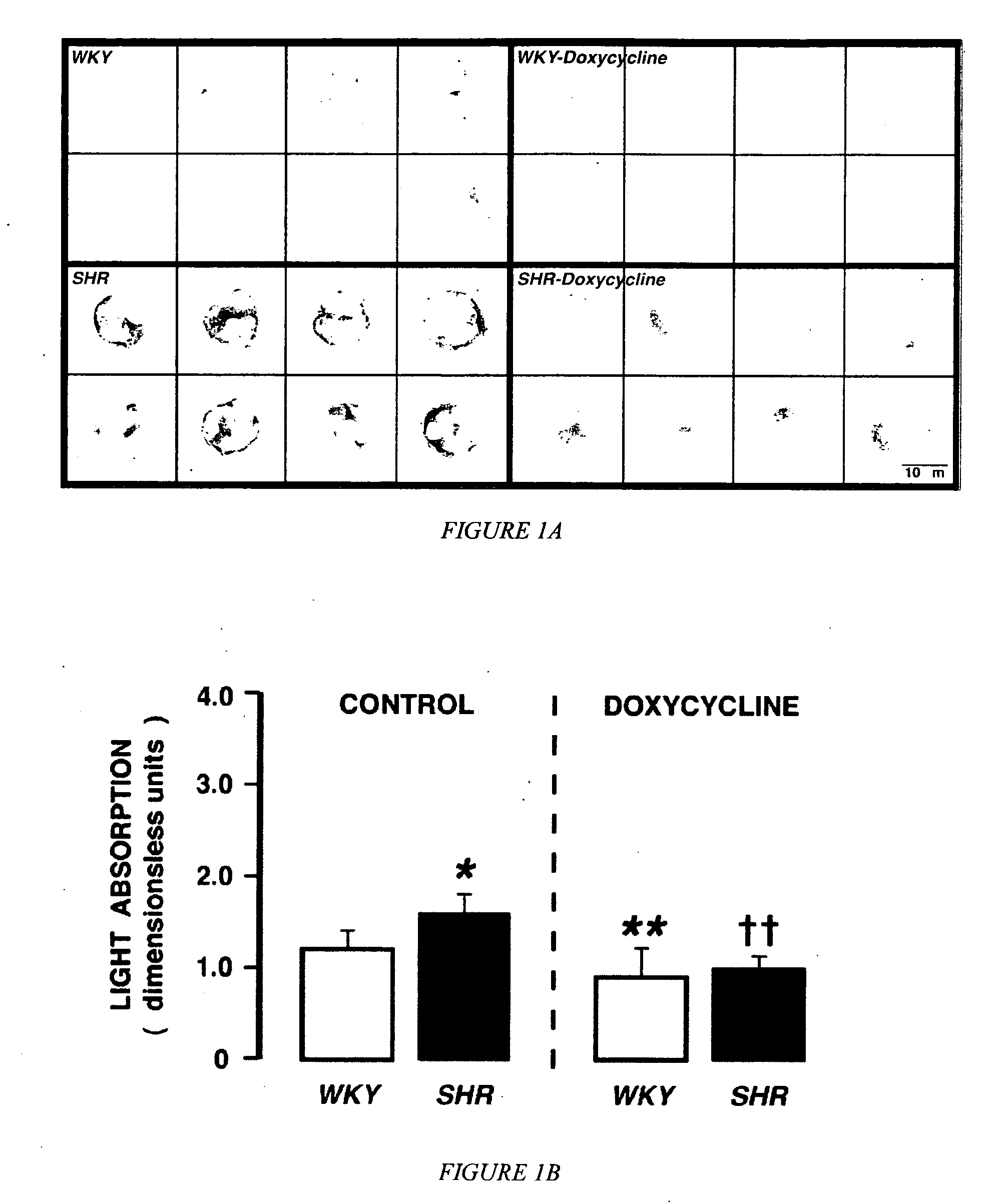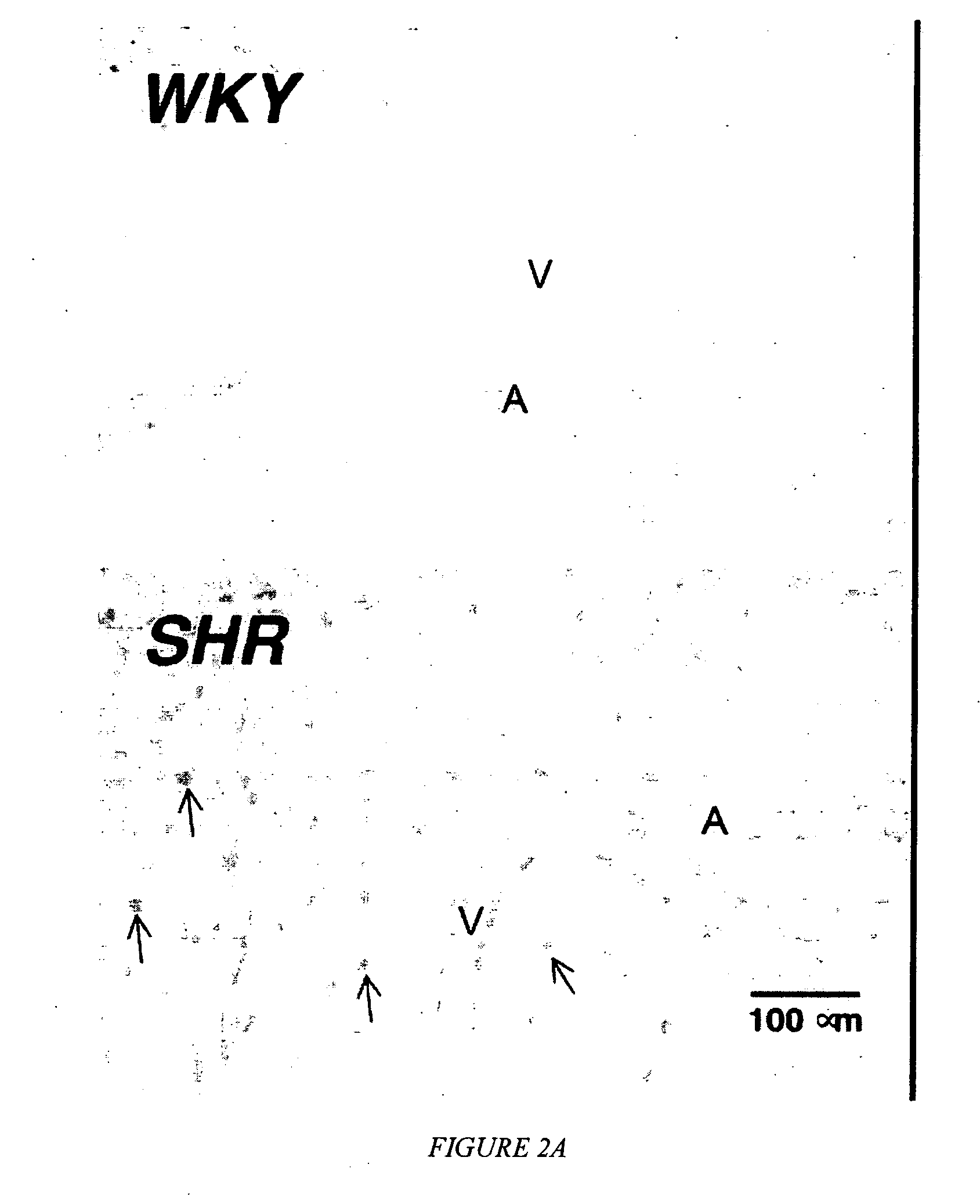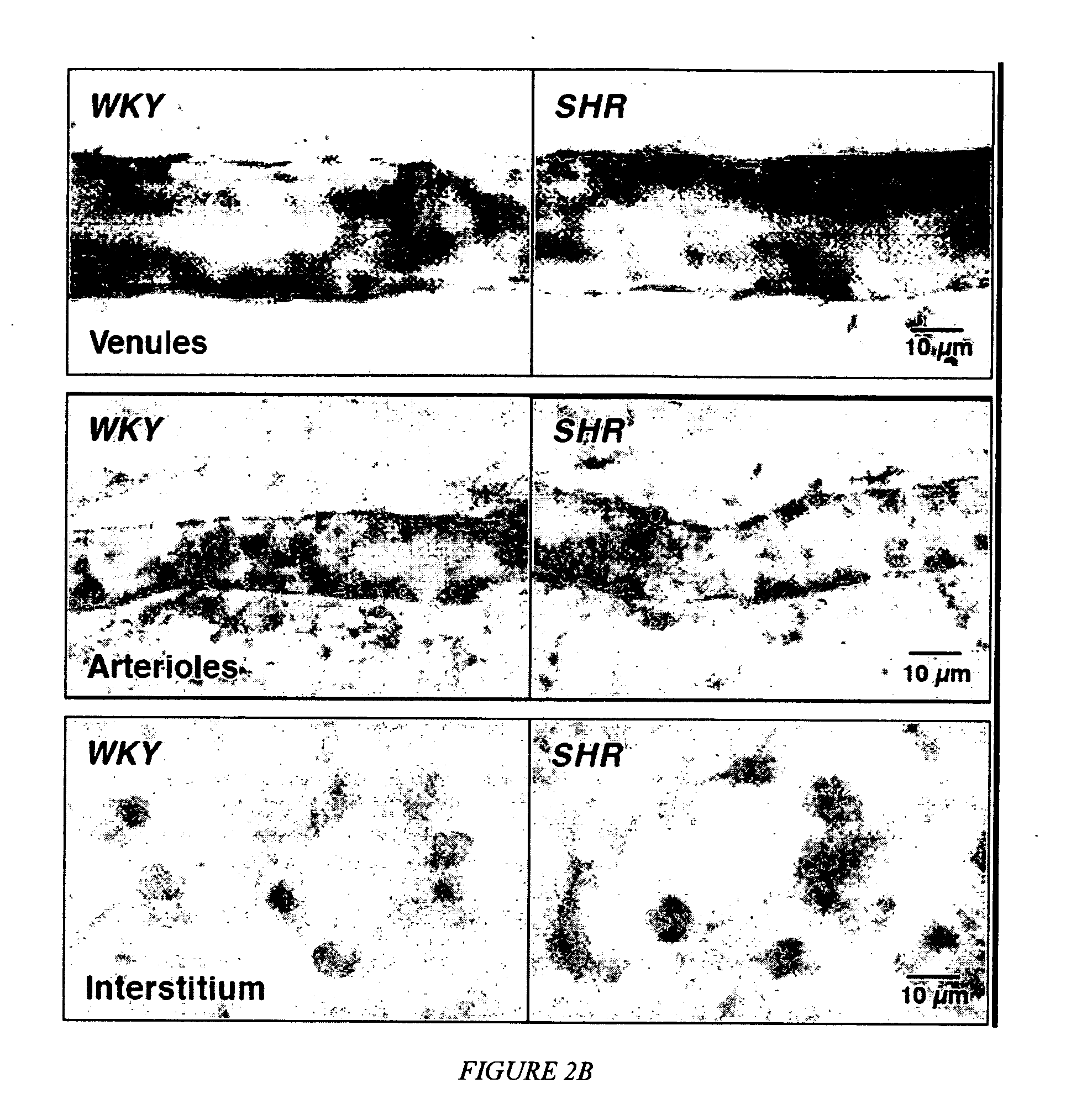Treatment of inflammation and organ dysfunction
a technology for treating inflammation and organ dysfunction, applied in the field of treating inflammatory symptoms and organ dysfunction, can solve the problems of difficult to effectively treat diseases, uncompletely understood origins of organ injury and inflammation resulting from hypertension and similarly related diseases, and achieve the effects of reducing blood pressure, lowering pancreatic proteinase activity, and reducing inflammation symptoms
- Summary
- Abstract
- Description
- Claims
- Application Information
AI Technical Summary
Benefits of technology
Problems solved by technology
Method used
Image
Examples
Embodiment Construction
[0049] The present invention is based in part on a series of studies that uncovered a unique and previously unrecognized mechanism of inflammatory mediator production involving the powerful pancreatic enzymes in the intestine. These enzymes, fully activated and concentrated in the lumen of the intestine, are the key component of normal digestion. They are highly concentrated and optimized to digest almost all biological tissues, including proteins, lipids, nucleotides and carbohydrates, of both mammalian and amphibian source. Digestion of the gut itself is largely prevented by compartmentalization of the activated pancreatic enzymes within the lumen of the intestine by the mucosal epithelial (brush border) cells. The limited permeability of the mucosal layer under ideal physiological conditions prevents the high molecular weight digestive enzymes from escaping into the wall of the intestine.
[0050] But under a variety of conditions, including diabetes, hypertension, and aging, this ...
PUM
 Login to View More
Login to View More Abstract
Description
Claims
Application Information
 Login to View More
Login to View More - R&D
- Intellectual Property
- Life Sciences
- Materials
- Tech Scout
- Unparalleled Data Quality
- Higher Quality Content
- 60% Fewer Hallucinations
Browse by: Latest US Patents, China's latest patents, Technical Efficacy Thesaurus, Application Domain, Technology Topic, Popular Technical Reports.
© 2025 PatSnap. All rights reserved.Legal|Privacy policy|Modern Slavery Act Transparency Statement|Sitemap|About US| Contact US: help@patsnap.com



